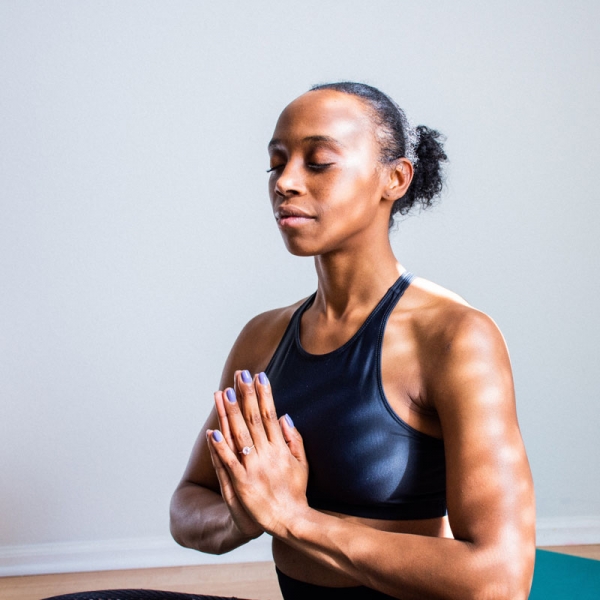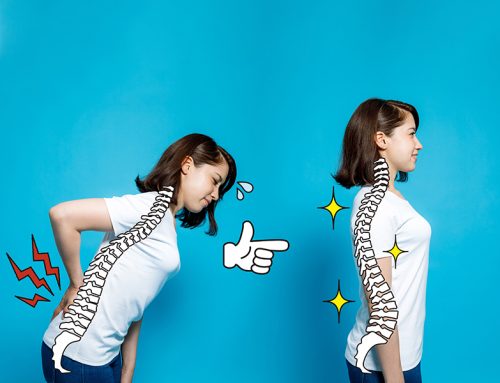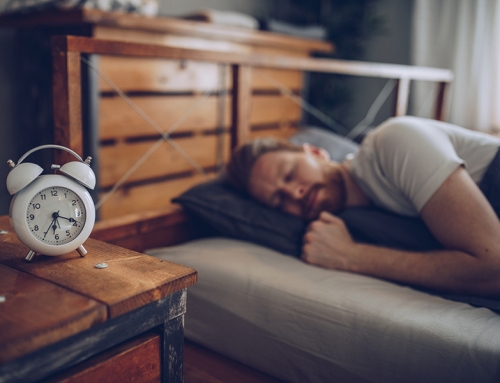Sleep deprivation is not lost on us. In fact, most of us are currently facing a tremendous lack of sleep. We wake up and drag ourselves out of bed exhausted; only to go about a long day to night routine, then finding ourselves at a loss of how to fall asleep all over again. And our sleep deprivation is causing spiked blood pressure and higher rates of diabetes. Yikes!
Part of the problem is falling asleep.
Trying to fall asleep can bring on its own worry – especially if you have insomnia. Sometimes, it doesn’t matter how tired you are, you still can’t drift off quickly. When it’s 4 a.m. and you have to be up in a couple hours, you want to fall asleep fast to make the most of that precious shut-eye time.
But really, you want to fall asleep fast to feel your best during the day.
We’ve all been here. It’s frustrating to feel like time is wasted falling asleep. It’s even more frustrating to feel unfocused and disoriented throughout your day.
And unfortunately, this frustration makes it more challenging to fall asleep faster. But if you’re equipped with some tools from your “toolbox”, you should be able to get back to your zzz’s in no time.
6 ways to get to sleep fast
The military method
In other words: full-proof
This is a true and tested method in the books for how to sleep faster – dating all the way back to WWII. The military method was established by the US Navy, because they realized that if combat pilots were to be making sound, snap judgement calls, they couldn’t do so sleepily.
After 6 weeks of practice, this routine had 96% of pilots falling asleep in 120 seconds. Yep – even with coffee in their system and gunfire in the background – they could fall asleep using this method. So why not give it a whirl?
Here’s how it works:
- Get comfy and relax all the muscles in your face. Completely let go of your forehead, jaw, tongue and cheeks;
- Release the tension in your shoulders and allow them to feel heavy. Relax your arms and drop them to your side;
- Exhale, then relax your chest and legs, starting from the top and working your way to the ankles and feet. Pretend as if you’ve lost all feeling in your body;
- Now take 10 seconds to free your mind. Let go of thoughts and visualize a peaceful image. This can be relaxing in a hammock. Or mentally saying, “don’t think, don’t think, don’t think..” to help clear your mind.
And that’s it! This could drastically transform your sleeping habits if you practice it diligently over time. The key is to relax, breathe and imagine.
Fun Fact: For further reading on this, check out Bud Winter’s 1981 book, “Relax and Win: Championship Performance in Whatever You Do”.
The 4-7-8 breathing method
In other words: meditation time
The 4-7-8 method was developed by Dr. Andrew Weil. When used consistently and seriously, this method can be highly effective. And the best part is – it can be done anywhere and you only need yourself to do it!

Its foundations are rooted in pranayama, an ancient yoga technique that helps you take control of your breathing. Basically, it’s like meditating, but a bit more focused. It can be done by following these simple steps:
- In a comfortable position, place the tip of your tongue against the roof of your mouth and behind your two front teeth – then keep it there;
- Exhale through your mouth and around your tongue while making a whoosh sound;
- Close your mouth and inhale quietly through your nose for 4 seconds;
- Then hold your breath for 7 seconds;
- Now exhale like a balloon, making a whoosh sound again, this time counting to 8;
- Repeat this cycle again for four full breaths.
If you approach this method with dedication and care, you should find yourself dozing off again in no time. It’s a natural tranquilizer for the nervous system and with repetition, its effects will only be more powerful for you.
Progressive muscle relaxation
In other words: tense and unclench
This is a two-step process to help you relax, unwind and fall asleep faster. Be sure to tense your muscles without straining them – you shouldn’t feel intense pain. Start with the 4-7-8 method, then follow-up with this if needed:
- Get yourself into a comfortable state lying down, wear loose clothing in a distraction free environment;
- Pick a group of muscles to isolate and take a slow deep breath as you tense it for 5 seconds. For example, try squinting your eyes shut for 5 seconds or squeeze the muscles in your hand by clenching your fist for 5 seconds;
- Then relax the isolated muscle immediately after. Exhale, wait 10 seconds and relax. Feel the tension come out;
- Stay in this relaxed state, then repeat the tense-relax cycle with more muscle groups in your body. Make your way from your head to your feet.
The goal with this technique is to notice the difference between how your muscles feel when they are tense and relaxed. Keep practicing this exercise and you should slip more easily into a deep state of tranquility and relaxation.
Paradoxical intention
In other words: telling yourself to stay awake
It may seem contradictory, but telling yourself to stay awake can be an effective tool when struggling to fall asleep. The mind likes to do the opposite of what we want it to. Whenever somebody says “Don’t look behind you!”, we can’t help but look behind us. The same applies to falling asleep fast.
As mentioned earlier, trying to fall asleep can be extremely anxiety producing – especially for people with insomnia. So when you tell yourself to do the opposite of what you’re trying to do (fall asleep), you may notice results.
There is strong research support for paradoxical intention. People who have practiced this fell asleep faster than those who didn’t. Instead of worrying about your lack of sleep, stay awake as long as you can and see what happens.
Imagery Distraction
In other words: daydreaming
 So…counting sheep actually does work? Well, something along those lines at least! The next time you’re trying to fall asleep, visualize a serene setting.
So…counting sheep actually does work? Well, something along those lines at least! The next time you’re trying to fall asleep, visualize a serene setting.
Start with daydreaming about places that you’ve been personally that bring a sense of peace. Maybe it’s the last time you stood in front of the ocean or woke up for a sunrise hike. In your mind’s eye, tune into as many sensory details as possible – the temperature, sounds, time, etc. Stay with this scene in your imagination as you take some deep breaths before going to sleep.
Researchers have found that people who engaged in imagery distraction fell asleep faster than those who had general distractions.
Sleep on a cloud
In other words: get a comfortable mattress
Our mattresses have a powerful effect on our sleep quality. If you are having difficulties falling asleep fast and getting comfortable, it may be worth checking how long you’ve had your mattress for.
Has it been around 7-10 years? Is it easier to fall asleep anywhere else besides your bed? If you’ve answered ‘yes’ to both of these, you should consider purchasing a mattress that fits your current sleep style and body. If you want to get a good night’s sleep without any disturbances, consult our complete guide to choosing the best mattress that suits your needs.
The Bottom Line
Have you tried incorporating any of these secret tools to fall asleep faster? How have they worked for you?
Keep in mind that also having a consistent bed-time, wind-down routine and peaceful sleep environment all contribute to optimizing these techniques even further.
And if you still have trouble falling asleep, consult a doctor or sleep expert for further information. Sleep should be contributing to your overall health, not take away from it.





